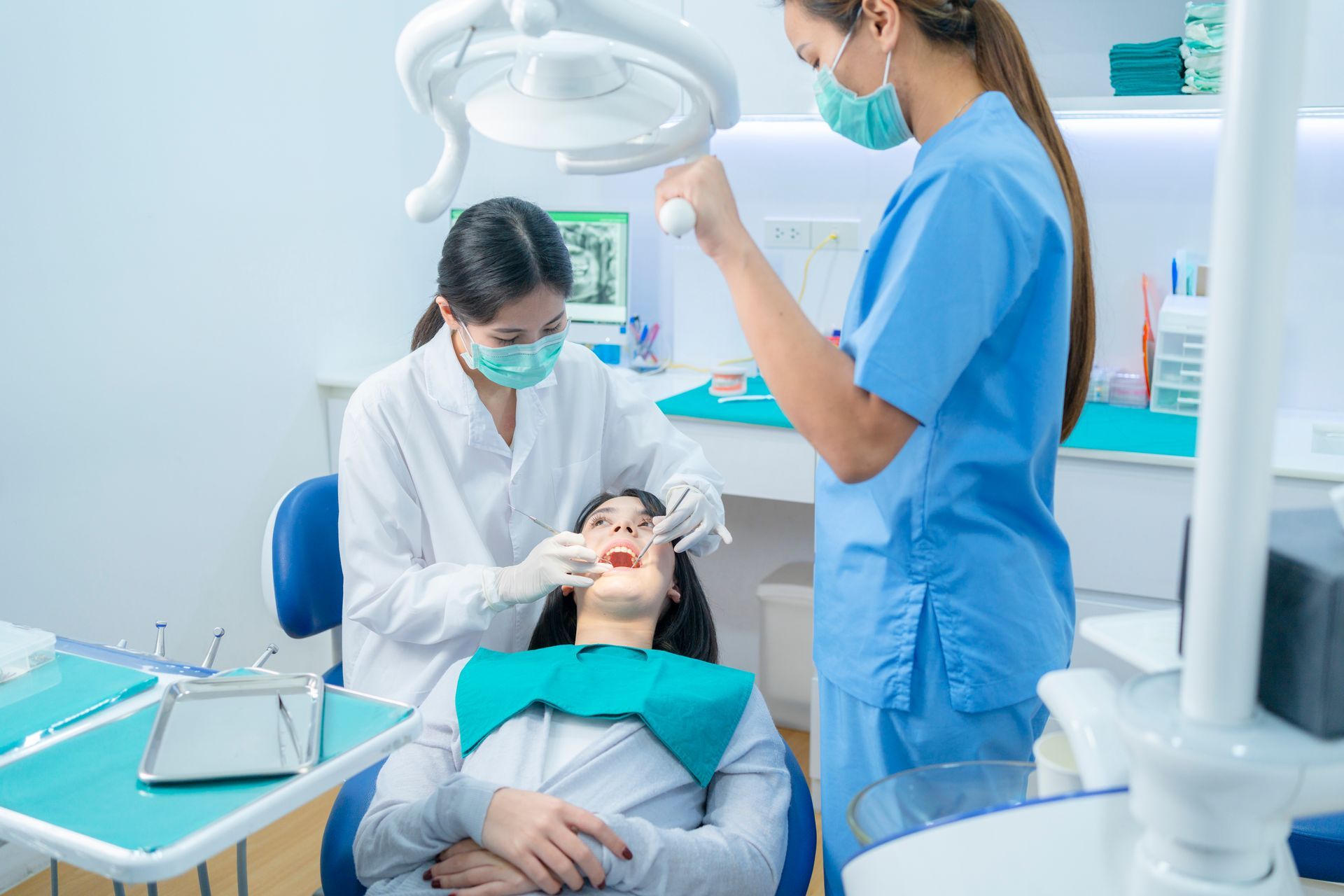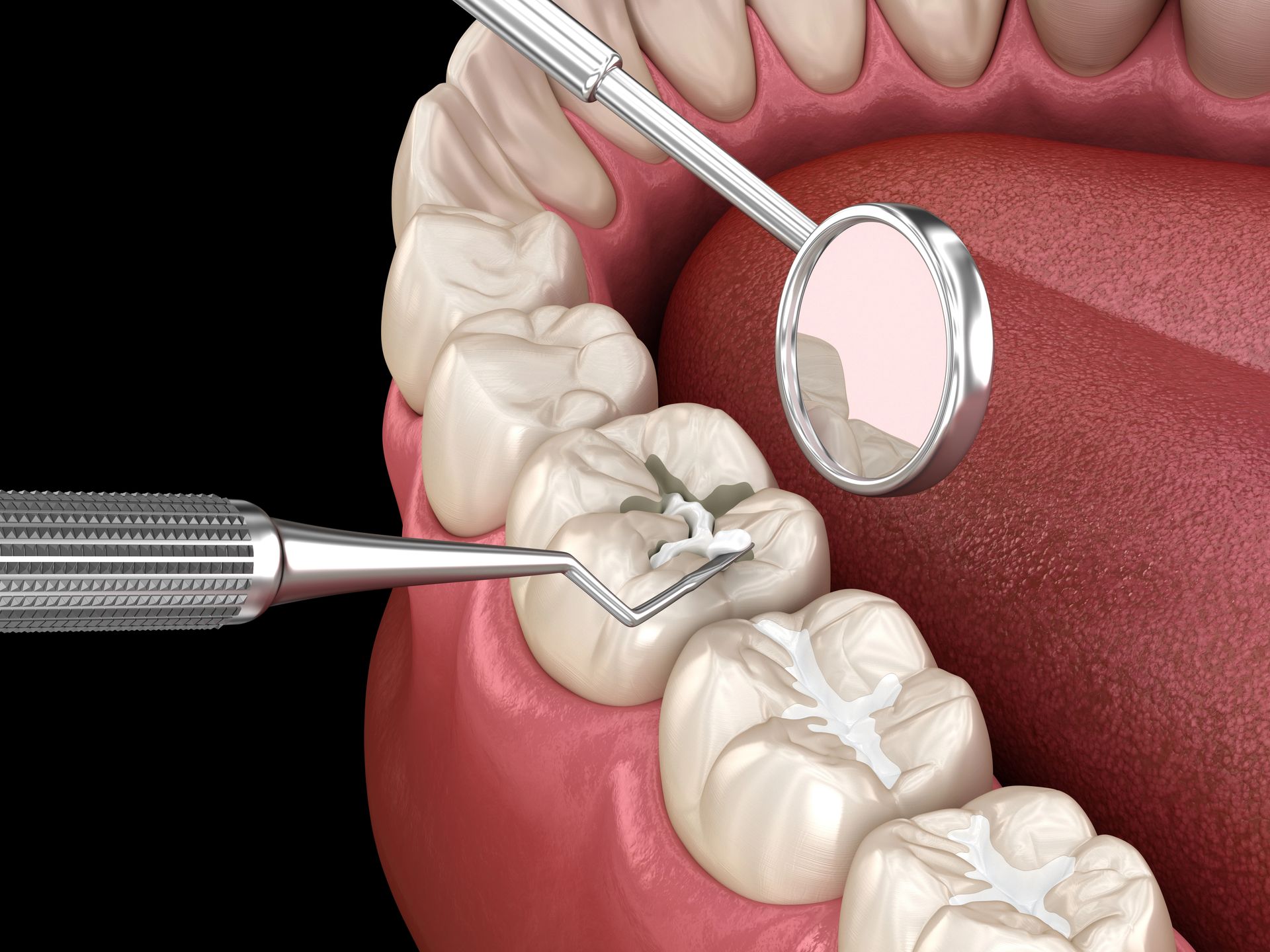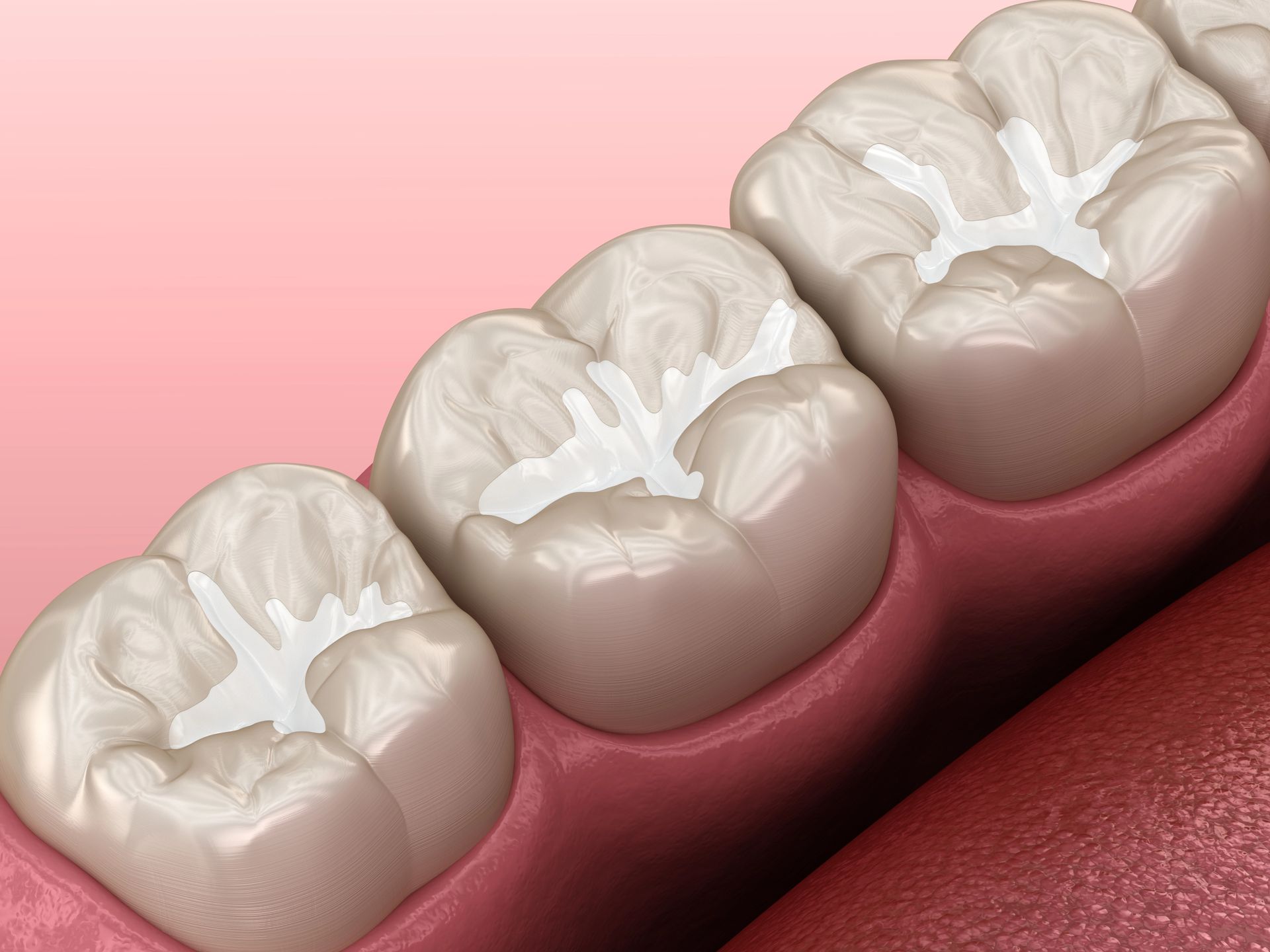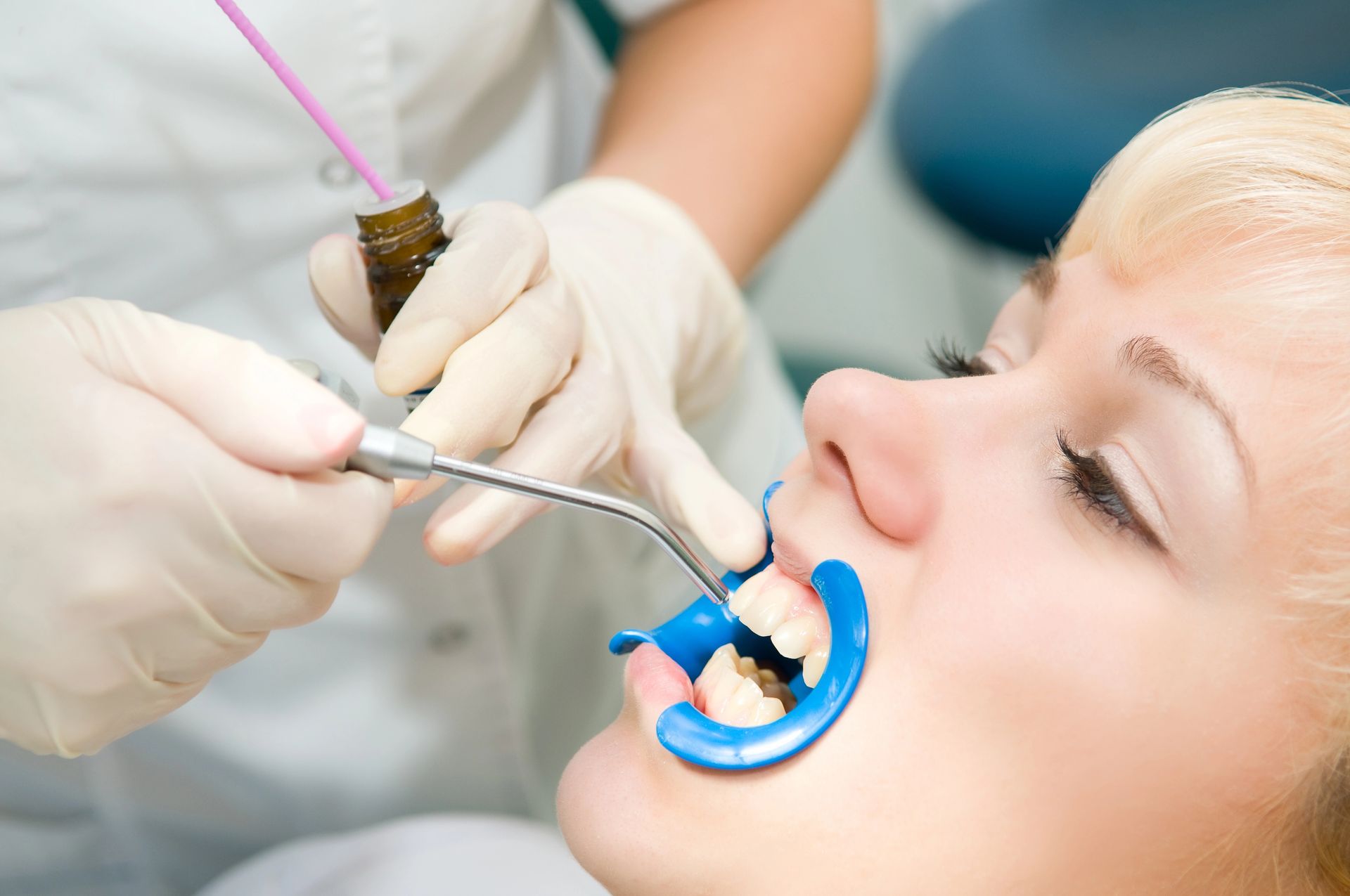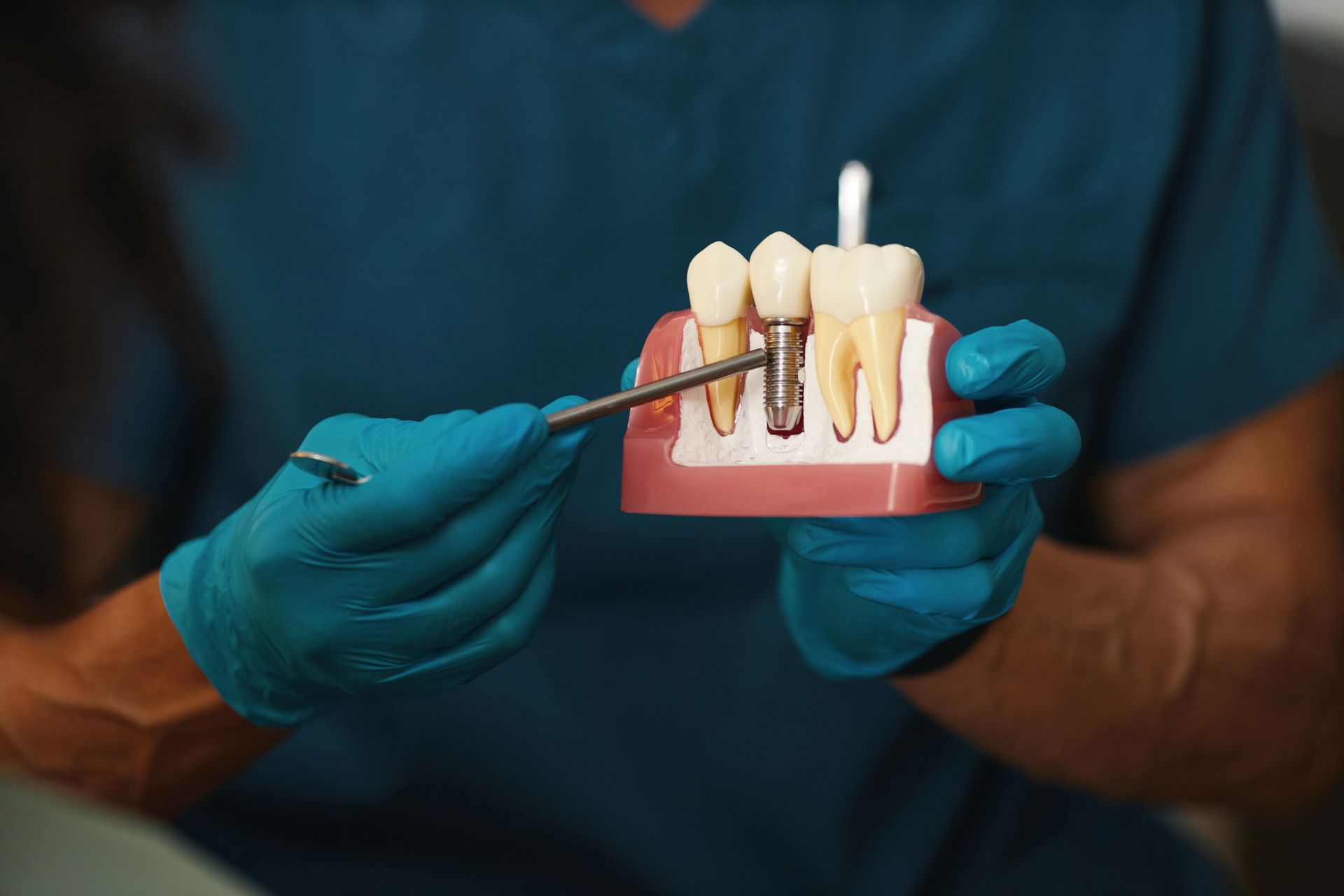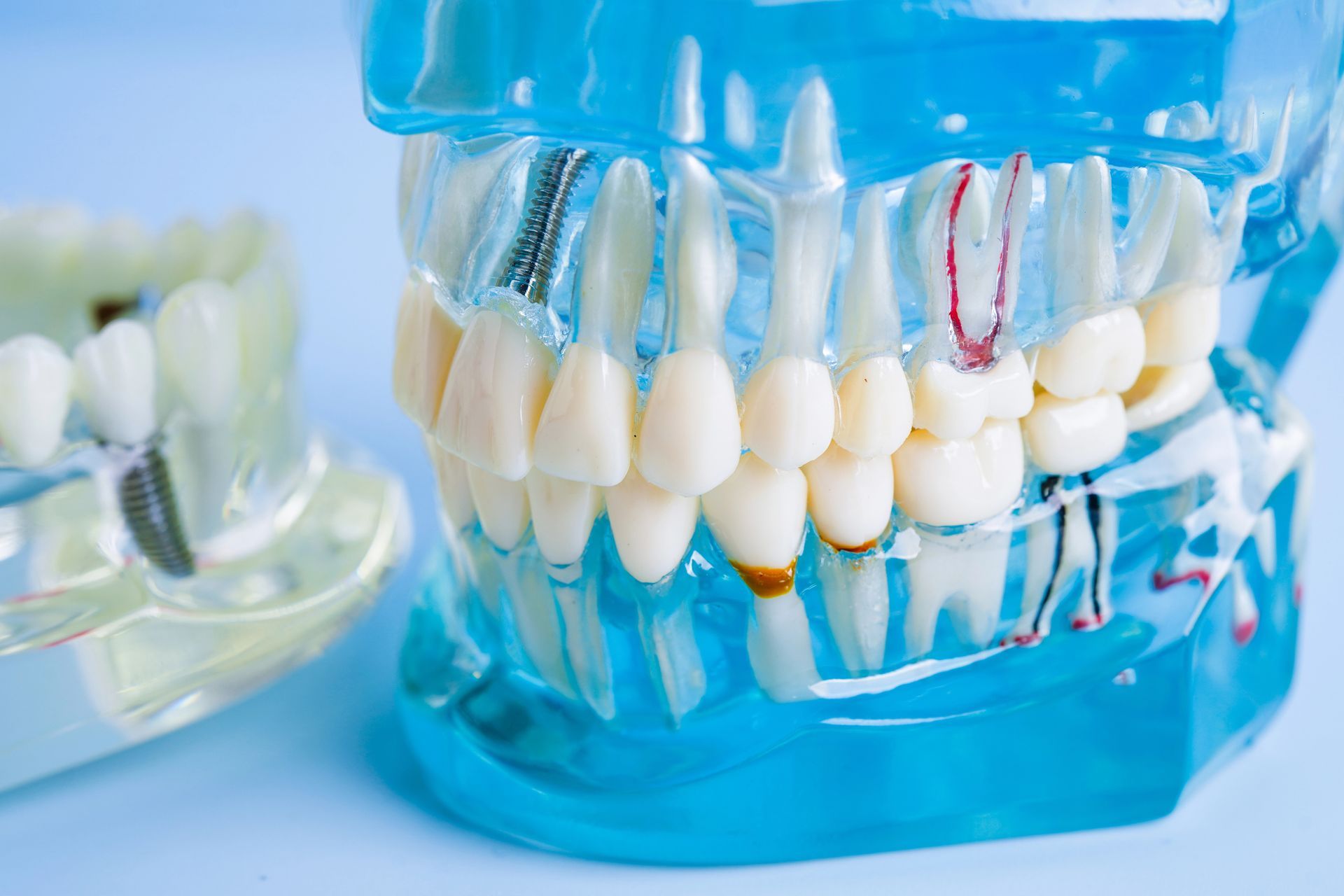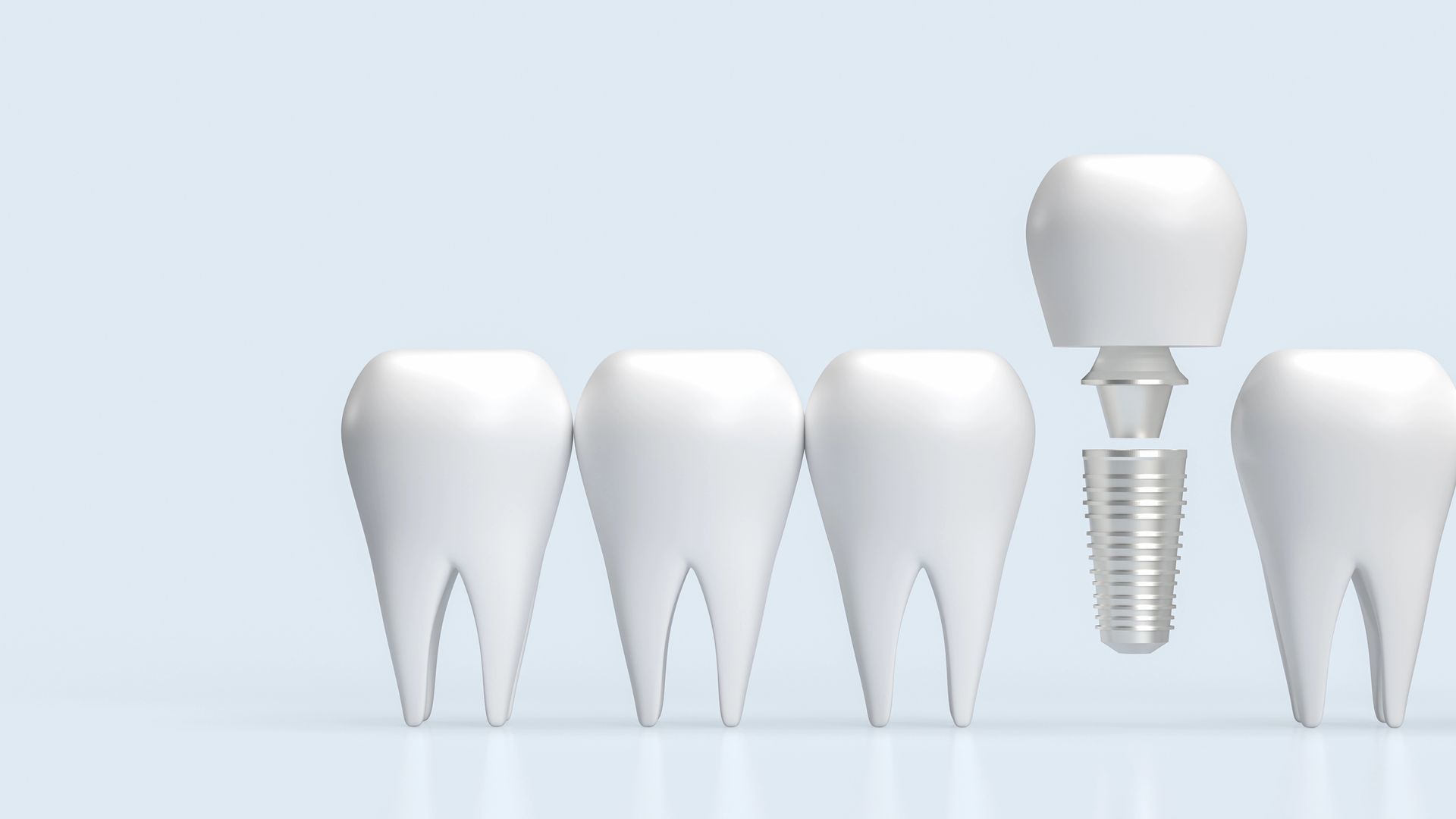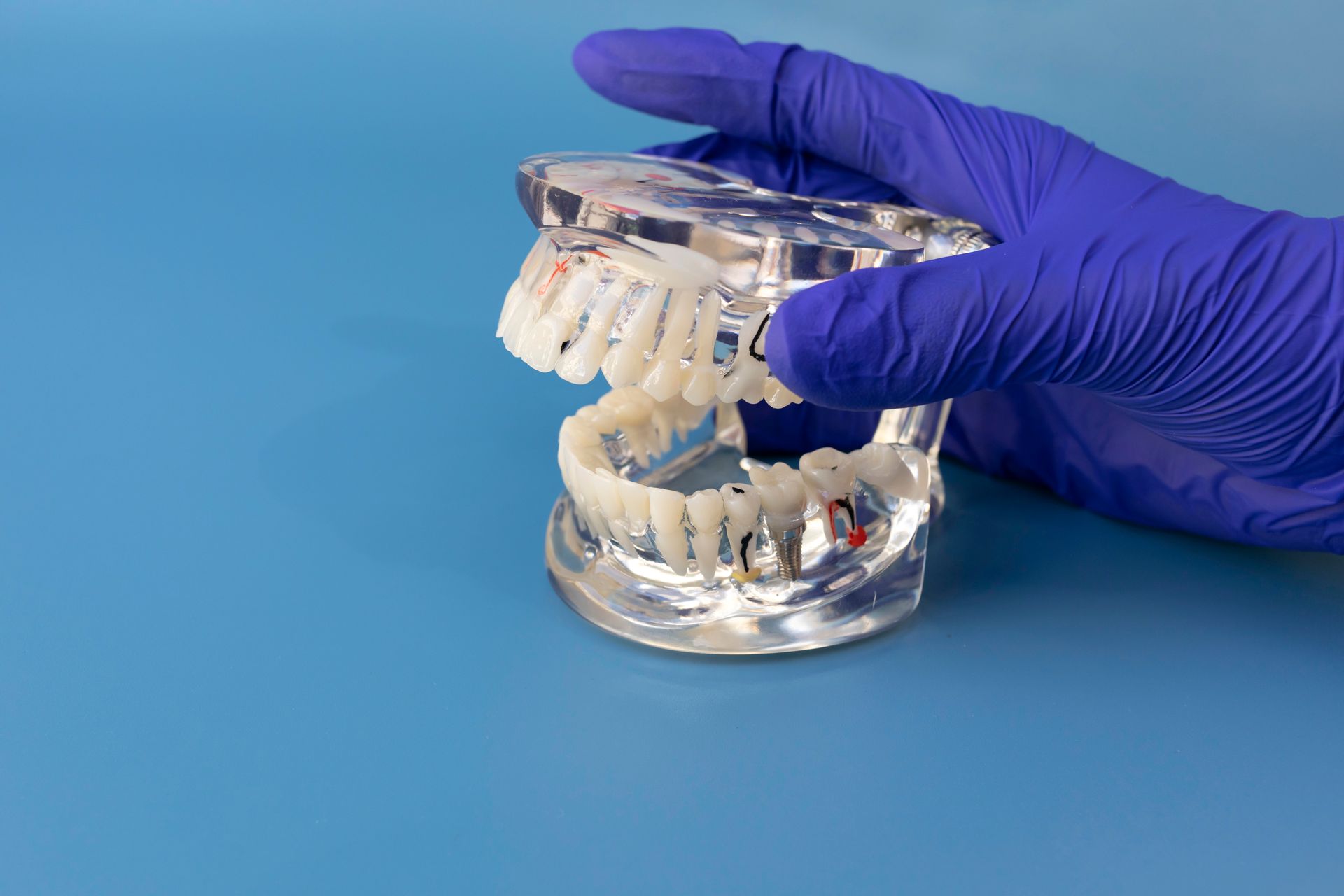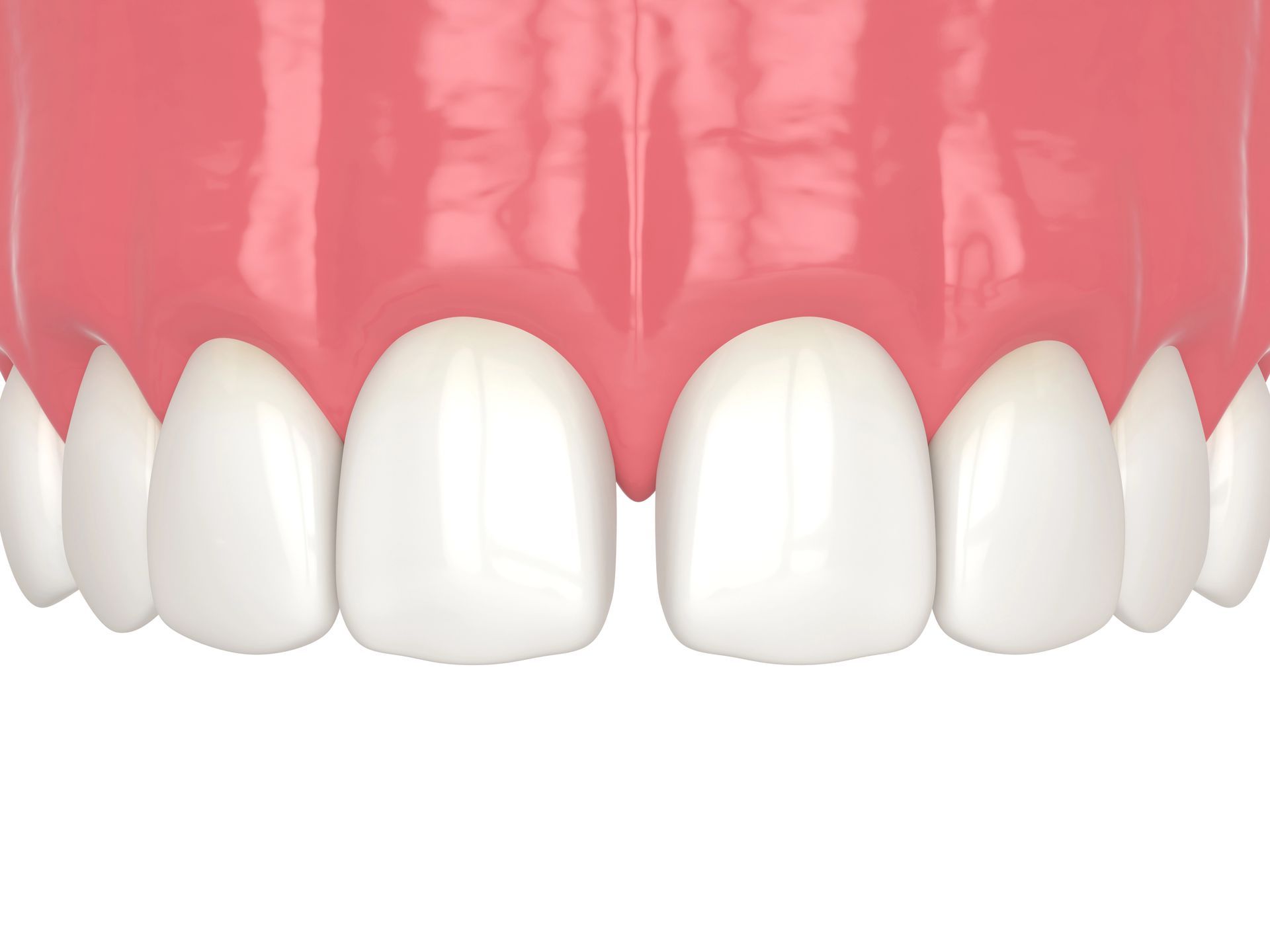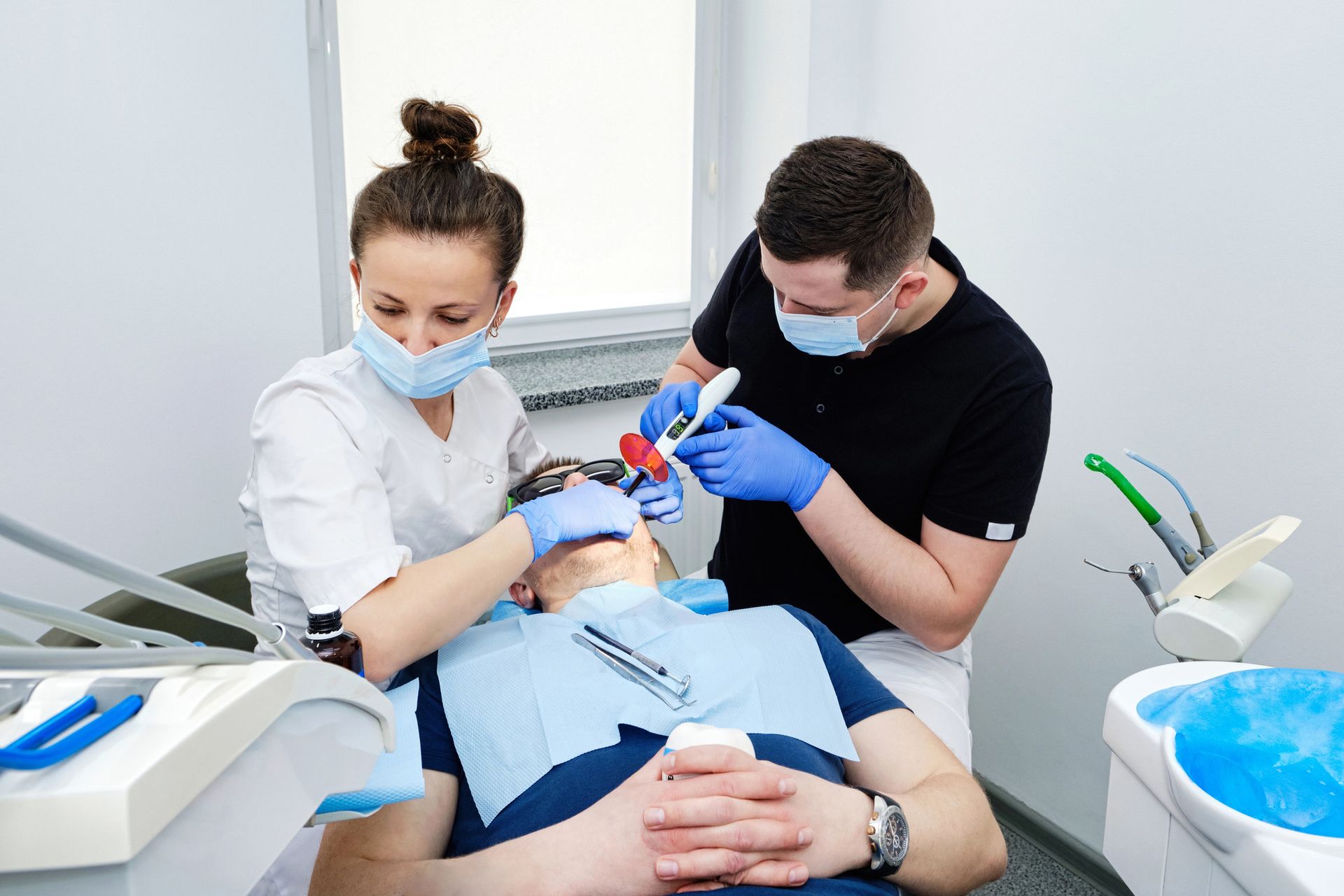What is the average dental crown cost and what affects it? The dental crown cost can vary widely depending on factors such as the material used and the complexity of the procedure. Understanding these variables can help you anticipate potential expenses.
Dental Crown Cost: Regional Price Variations
The dental crown cost can vary significantly depending on the region where you seek treatment. In metropolitan areas, the cost tends to be higher due to increased overhead expenses and the higher cost of living. Conversely, in rural or less populated areas, you might find that the dental crown cost is more affordable. These regional price variations are influenced by factors such as local economic conditions, the availability of dental professionals, and the overall demand for dental services.
Additionally, the dental crown cost can be affected by the specific materials used and the complexity of the procedure. For instance, porcelain crowns might be priced differently than metal or ceramic crowns, and this can also vary by region. Understanding these regional differences can help you make a more informed decision when planning for your dental care. If you're looking to explore your options further, you might find it helpful to read more about How Can I Find the Best Dental Crowns Near Me?.
Dental Crown Cost: Material Choices Impact Cost
The dental crown cost can vary significantly based on the material chosen for the crown. Common materials include porcelain, ceramic, metal alloys, and composite resin, each with its own price range. Porcelain and ceramic crowns tend to be more expensive due to their natural appearance and durability, while metal alloys might be less costly but offer different aesthetic qualities. The choice of material directly impacts the overall dental crown cost, making it an important consideration for patients.
Additionally, the longevity and performance of the crown can also influence the dental crown cost. For instance, while some materials may have a higher upfront cost, they might offer better durability and require fewer replacements over time. Understanding these material differences is crucial when evaluating the total expense involved. For more information on dental crowns and their costs, visit our page on Dental Crowns in Columbia.
Insurance Coverage Factors
When considering the average dental crown cost, insurance coverage factors play a significant role in determining out-of-pocket expenses. Dental insurance plans vary widely in terms of what they cover, with some policies covering a substantial portion of the cost while others may offer minimal assistance. The extent of coverage often depends on whether the crown is deemed medically necessary or purely cosmetic. Additionally, the type of dental insurance plan you have—whether it's an HMO, PPO, or indemnity plan—can influence the percentage of the cost that will be covered. Understanding your specific insurance policy and its limitations is crucial in estimating the final cost of a dental crown.
Dentist's Expertise Influence
The dental crown cost can significantly vary depending on the expertise and experience of the dentist performing the procedure. Highly skilled dentists with extensive training and a strong reputation in the field may charge more for their services, reflecting their proficiency and the quality of care they provide. Patients often find that investing in a seasoned professional can lead to better outcomes and a more comfortable experience. For those in Columbia seeking expert dental care, Design Dentistry Columbia offers a range of services with experienced professionals, making it a trusted choice for many looking for a Columbia Dentist.
Lab Fees and Quality
When considering the dental crown cost, lab fees and the quality of materials used play a significant role. Dental crowns are custom-made in a lab, and the fees can vary depending on the complexity of the design and the expertise of the technicians. Higher-quality materials, such as porcelain or zirconia, tend to be more expensive but offer better durability and a more natural appearance. These factors combined can significantly influence the overall dental crown cost, making it essential to discuss options with your dentist to find a balance between cost and quality that suits your needs.
Additional Procedures Needed
When considering the dental crown cost, it's essential to account for any additional procedures that may be required. Often, before a crown can be placed, preparatory treatments such as root canals, tooth extractions, or gum treatments might be necessary. These additional procedures can significantly increase the overall expense. For instance, a root canal treatment can add several hundred dollars to the dental crown cost. Therefore, it's crucial to consult with your dentist to get a comprehensive estimate that includes all potential procedures to avoid any unexpected financial surprises.
Geographic Location Differences
The dental crown cost can vary significantly depending on your geographic location. In urban areas or regions with a higher cost of living, you may find that dental procedures, including crowns, are more expensive compared to rural areas. For instance, dental crown costs in major cities like New York or Los Angeles are typically higher than in smaller towns or less populated states. Additionally, the availability of specialized dental services and the level of competition among dental practices in a particular area can also influence the price. Therefore, it's essential to consider your location when budgeting for a dental crown.
Crown Type and Cost
When considering the dental crown cost, it's essential to understand that the type of crown you choose significantly impacts the overall expense. Porcelain crowns, known for their natural appearance, typically range from $800 to $3,000 per tooth. Metal crowns, which are more durable but less aesthetically pleasing, can cost between $600 and $2,500. Porcelain-fused-to-metal crowns offer a balance between durability and appearance, with prices ranging from $500 to $1,500. Additionally, all-ceramic or all-porcelain crowns, often preferred for front teeth due to their superior aesthetics, generally cost between $800 and $3,000. The choice of crown material not only affects the dental crown cost but also its longevity and appearance, making it crucial to consult with your dentist to determine the best option for your needs and budget.
Economic Trends in Dentistry
Economic trends in dentistry significantly influence the dental crown cost, as fluctuations in the economy can impact both the cost of materials and the demand for dental services. For instance, during economic downturns, patients may delay elective procedures, leading to a decrease in demand and potentially lower prices. Conversely, in a booming economy, increased disposable income can drive up demand for cosmetic and restorative dental treatments, potentially raising the cost of dental crowns. Additionally, advancements in dental technology and materials can also affect pricing, as newer, more durable options may come at a premium. Understanding these economic trends can help patients better anticipate and plan for the costs associated with dental crowns.
Conclusion
Understanding the factors that influence dental crown cost can help you make informed decisions; for more information, call 803-373-1069 or read reviews on Google Maps.

